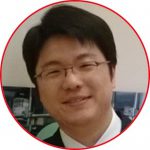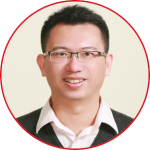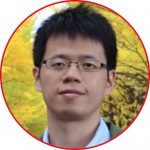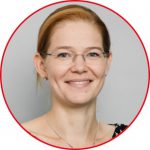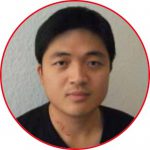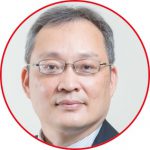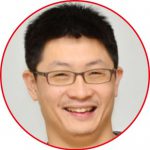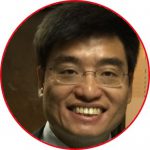
Research Center for Applied Sciences, Academia Sinica, Taipei 11529, Taiwan
Department of Physics, National Taiwan University, Taipei 10617, Taiwan
Controlling Light-matter Interactions at Nanoscale with Plasmonics: From Spontaneous Emission to Lasing
Controlling light emission of quantum emitters, such as semiconductor quantum dots, is a central theme of nanotechnology. Typically, the emitted power from an array of quantum emitters is modulated by changing the optical or electrical pump intensity, within a given nanostructured environment. Here, we propose and demonstrate a conceptually different approach to emitter power modulation [1]. We hold the optical pump intensity constant, but modulate the radiative emission rate, the emitted power, and the quantum efficiency via dynamical changes to the local density of optical states (LDOS). The LDOS is modulated by changing the carrier density, under field effect gate control, in a plasmonic titanium nitride layer nearby the emitters. This in turn modulates the dielectric permittivity of the titanium nitride from positive to negative values, through the so-called ‘epsilon-near-zero’ regime that marks the borderline between dielectric and plasmonic media. In this work, we use a TiN/SiO2/Ag plasmonic heterostructure to demonstrate a new active plasmonic mechanism for modulating light emission –for the first time at visible wavelengths that is extensible to other type of quantum emitters. In addition, it may pave a path towards ultrathin LCD-free displays with long durability, reduced pixel size and large viewing angle. Moreover, we report a new approach to modulating laser emission in which, at constant optical pumping rate, a gated field effect structure is used to control the LDOS for InP or lead halide perovskite quantum dots coupled to TiN plasmonic cavity heterostructures that tuning the quantum dots from spontaneous emission to lasing. The mechanism of tunable plasmonic lasing will be discussed.
References
[1] Yu-Jung Lu et al. “Dynamically Controlled Purcell Enhancement of Visible Spontaneous
Emission in a Gated Plasmonic Heterostructure.” Nature Communications 8, 1631 (2017).
